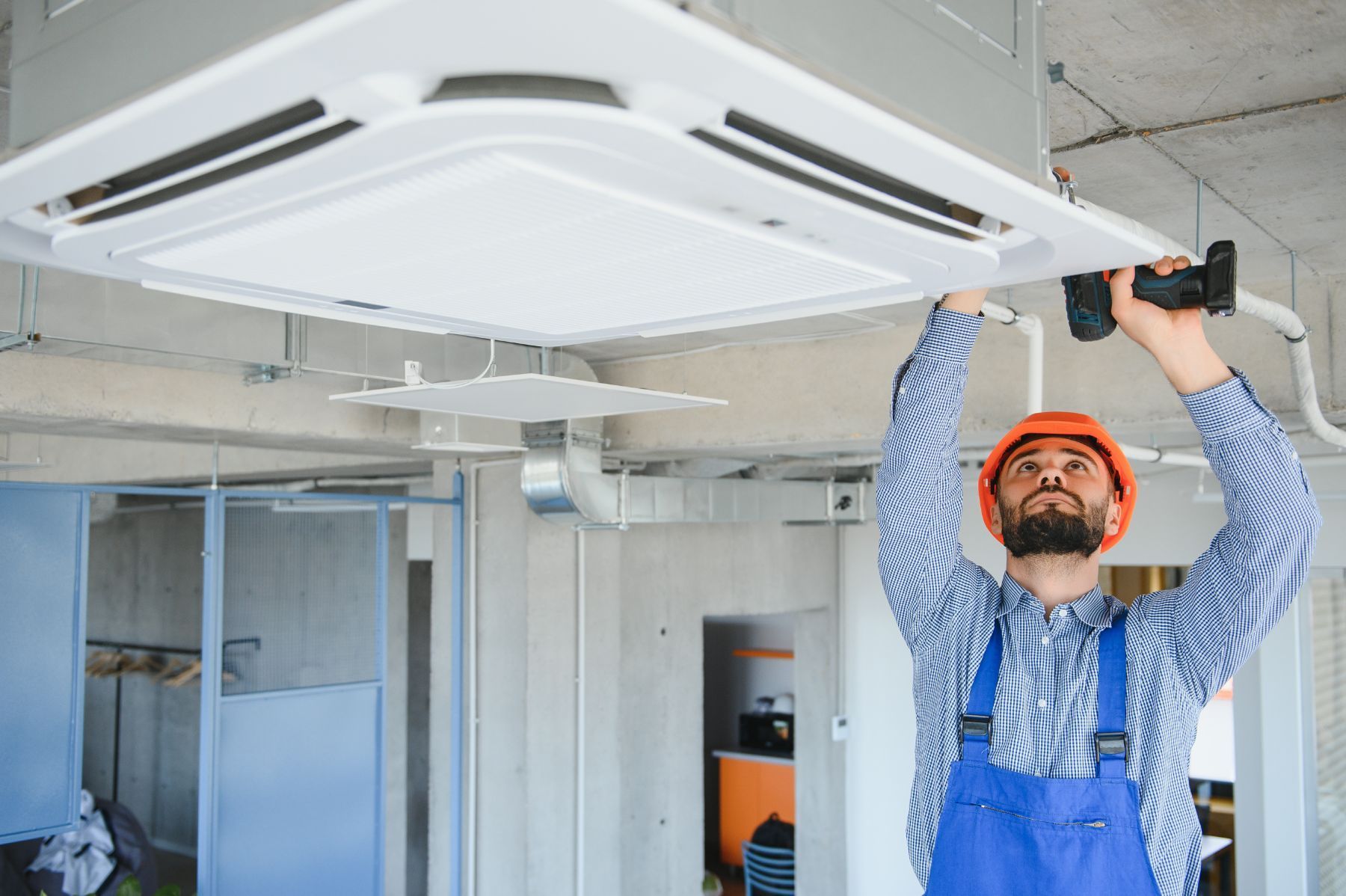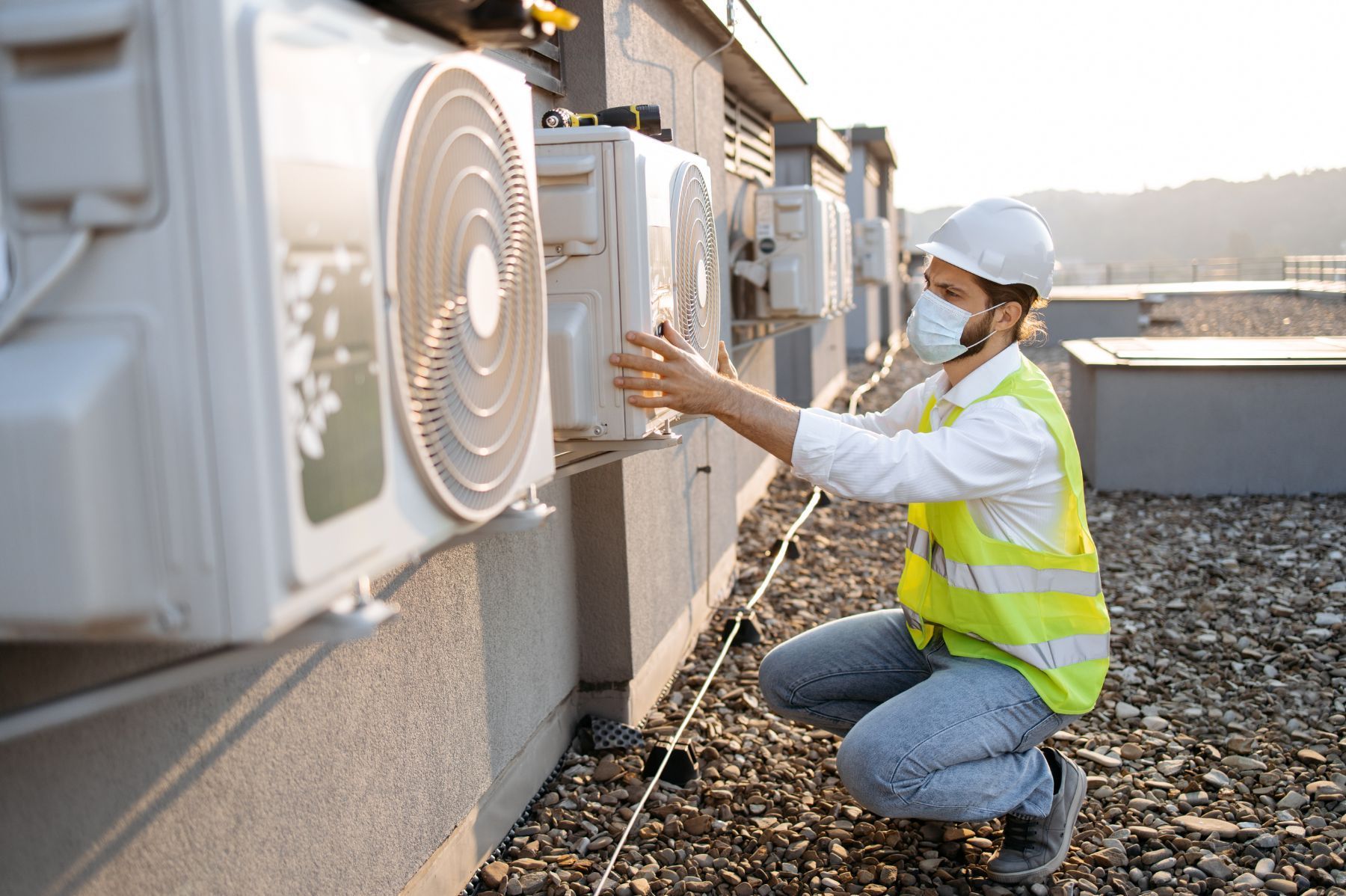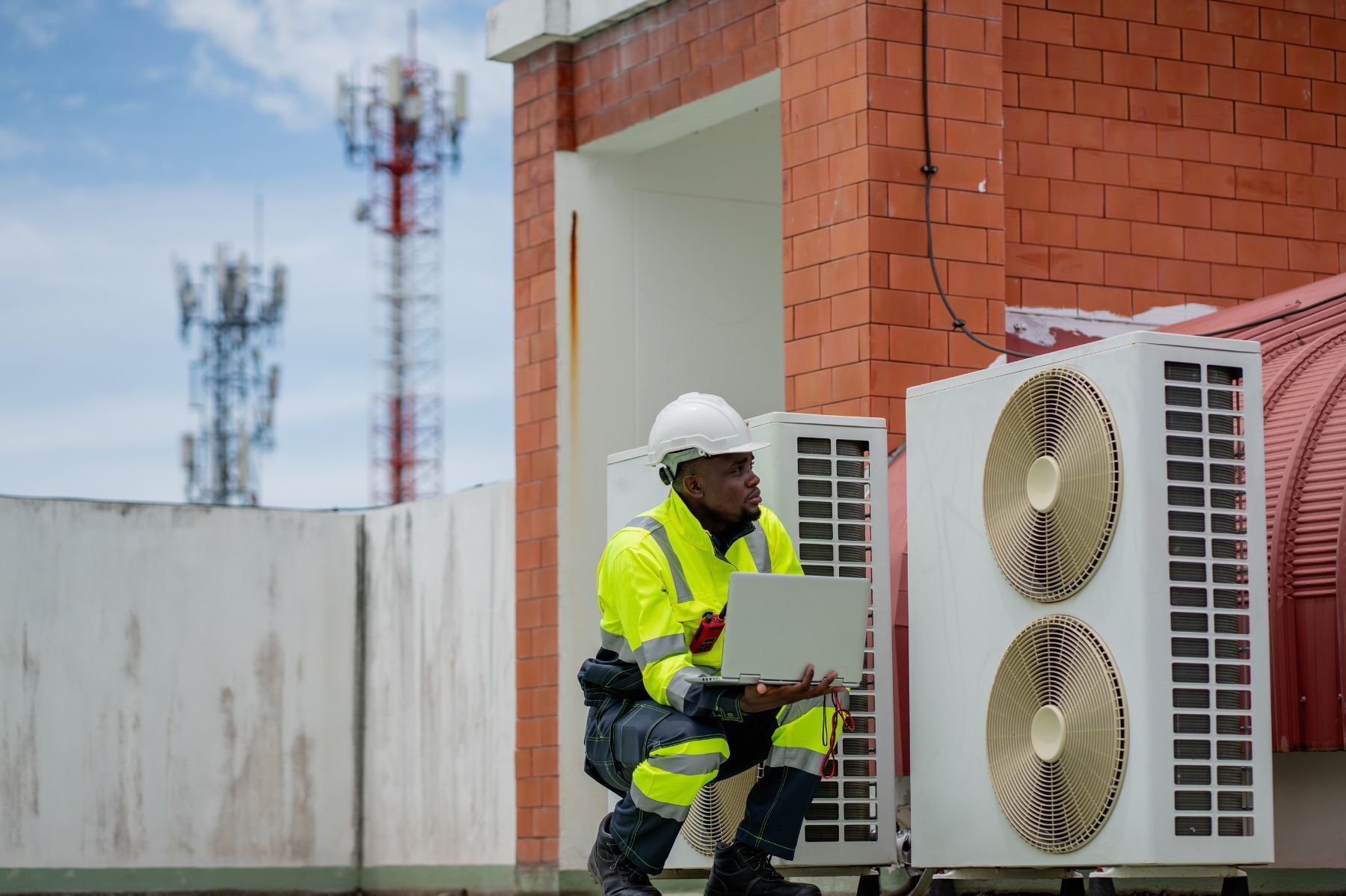How Seasonal Work Impacts Insurance Costs for HVAC Contractors
See How We're Different
or call us: (469) 678-8001

The HVAC industry is inherently seasonal, with demand fluctuating significantly depending on the time of year. These seasonal swings in workload not only affect labor rates and operational planning but also have a notable impact on insurance costs for contractors. Understanding how seasonal work influences insurance premiums can help HVAC businesses better manage their expenses and maintain profitability throughout the year.
From general liability insurance to workers' compensation, the costs associated with protecting a business vary in response to seasonal factors such as increased labor intensity, weather-related risks, and fluctuating revenue. This article explores the connection between seasonality and insurance costs in the HVAC sector, offering insights backed by recent data and expert commentary.
The Seasonal Nature of HVAC Work and Its Influence on Labor Rates
Seasonality is a defining characteristic of the HVAC industry. Demand peaks during extreme weather months—summer for air conditioning and winter for heating services—leading to increased labor requirements and heightened operational activity. This surge in demand directly affects labor rates, which tend to rise during busy seasons to reflect the increased workload and urgency.
A study analyzing the impact of seasonality on HVAC labor rates found a significant positive correlation between seasonal demand and labor costs. When customer requests spike, contractors often face higher labor expenses due to overtime, temporary staffing, and the need to expedite service calls. These elevated labor rates, in turn, can influence insurance premiums, as insurers consider the increased exposure to risks during these periods.
The seasonal labor cost surge also means that HVAC businesses must carefully budget for insurance premiums that may fluctuate in line with their operational intensity. Contractors who fail to anticipate these variations can find themselves underinsured or facing unexpected premium hikes.
Moreover, the cyclical nature of HVAC work not only impacts labor rates but also influences the training and skill development of technicians. During off-peak seasons, companies often invest in training programs to enhance their workforce's capabilities, ensuring that technicians are well-prepared to handle the influx of service requests when demand peaks. This proactive approach can lead to improved service quality, customer satisfaction, and ultimately, a stronger reputation in the marketplace. However, it requires careful financial planning to balance the costs of training with the anticipated seasonal revenue.
Additionally, the seasonal fluctuations in HVAC work can affect customer behavior and expectations. Homeowners and businesses alike often seek to schedule maintenance or repairs during the off-peak months to avoid the rush and potentially lower costs. This trend emphasizes the importance of strategic marketing and customer engagement throughout the year. HVAC companies that effectively communicate the benefits of regular maintenance and offer incentives during slower periods can create a more stable revenue stream, minimizing the impact of seasonal demand on their overall operations.
General Liability Insurance and Seasonal Revenue Fluctuations
General liability insurance is a critical component for HVAC contractors, protecting them against claims related to property damage, bodily injury, and other liabilities arising from their work. Premiums for this insurance typically range from 1.3% to 2.6% of annual revenue, with smaller operations averaging around $3,140 annually. This percentage-based approach means that seasonal revenue swings directly affect insurance costs.
For example, during peak seasons when revenue surges, the associated insurance premiums may increase proportionally. Conversely, slower months with reduced income can lead to lower premiums if the insurer adjusts coverage based on actual earnings. This dynamic pricing underscores the importance of accurate revenue forecasting and communication with insurance providers.
In states like California, HVAC contractors face monthly general liability insurance costs ranging from $78 to $193, reflecting regional risk factors and market conditions. These costs can vary seasonally as well, depending on the contractor's workload and claims history.
Building a strong partnership with insurance agents can help contractors navigate these fluctuations. Ken Misiewicz, CEO of Pleune Service Co., highlights the value of treating insurance agents as partners who can assist in budgeting for premium increases and identifying cost-saving opportunities. This collaborative approach is especially vital during peak seasons when insurance costs tend to rise.
Moreover, understanding the nuances of general liability insurance can empower HVAC contractors to make informed decisions about their coverage. For instance, contractors might explore bundling their general liability insurance with other types of coverage, such as workers' compensation or commercial auto insurance, to potentially lower overall costs. Additionally, implementing risk management strategies, such as regular training for employees on safety protocols and proper equipment handling, can lead to fewer claims and, consequently, lower premiums over time.
Furthermore, the impact of seasonal fluctuations on insurance costs can also be mitigated through proactive measures, such as maintaining detailed records of project revenues and expenses. This practice not only aids in accurate forecasting but also provides valuable data when negotiating with insurers. Contractors who can demonstrate a stable income stream and a solid claims history may find themselves in a better position to negotiate favorable terms, ensuring that they are not only compliant but also financially protected throughout the year.
For more detailed information on general liability insurance costs for HVAC contractors, ContractorNerd provides a comprehensive overview that can help businesses benchmark their expenses.
Workers' Compensation Insurance and Seasonal Risk Factors
Workers' compensation insurance is another significant expense for HVAC contractors, covering medical costs and lost wages for employees injured on the job. Seasonal work patterns influence these costs due to variations in workforce size, job intensity, and environmental hazards.
High temperatures during summer months, for instance, have been linked to increased workers' compensation claims, especially among manual laborers working outdoors. A recent study found that heat significantly raises the likelihood of workplace injuries and related claims, which can drive up insurance premiums during hotter seasons.
Interestingly, some regions have seen favorable trends in workers' compensation rates despite these risks. Wisconsin, for example, experienced a 10.5% reduction in workers' compensation insurance rates in 2024, marking the ninth consecutive year of decreases. This decline may reflect improvements in workplace safety, regulatory changes, or competitive insurance markets.
In California, workers' compensation insurance costs for HVAC contractors typically range between $213 and $223 per month. These premiums can fluctuate seasonally as insurers assess risk exposure based on workforce activity and claim frequency.
HVAC contractors should maintain rigorous safety protocols, especially during peak seasons, to mitigate injury risks and control insurance costs. Partnering with insurance providers to review claims data and implement proactive safety measures can lead to more stable premiums over time.
Moreover, the implementation of training programs focusing on heat stress management and injury prevention can play a crucial role in reducing claims. By educating workers about the signs of heat exhaustion and the importance of hydration, contractors can foster a culture of safety that not only protects employees but also benefits the bottom line. Additionally, investing in ergonomic tools and equipment can minimize physical strain, further decreasing the likelihood of injuries.
Another factor to consider is the impact of seasonal fluctuations on the availability of skilled labor. During peak seasons, HVAC contractors may hire temporary workers to meet increased demand, which can introduce additional risk factors. These workers may not be as familiar with safety protocols or the specific challenges of HVAC work, potentially leading to a higher incidence of accidents. Therefore, it is essential for contractors to ensure that all employees, regardless of their tenure, receive comprehensive training and are well-versed in safety practices to maintain a safe working environment throughout the year.
Managing Rising Insurance Costs Amid Seasonal Demand
Insurance costs for HVAC contractors have been rising in recent years, partly due to broader market trends and partly because of seasonal operational challenges. Over the past six months, HVAC pricing has increased by more than 80%, with equipment and materials costs up by 12–15%. These cost pressures inevitably affect insurance premiums as insurers factor in higher replacement costs and potential claims.
Robert M. Lajdziak, senior consultant at J.D. Power, notes that small business satisfaction with insurance companies has declined due to premium increases. He emphasizes the need for transparent communication from insurers to help contractors understand and manage these rising costs effectively.
Effective management of insurance expenses requires HVAC businesses to adopt a strategic approach. This includes working closely with insurance agents to forecast premium changes, exploring bundling options for multiple policies, and investing in risk management programs tailored to seasonal challenges. Additionally, contractors should consider implementing proactive maintenance programs that can minimize the likelihood of costly claims. By regularly servicing equipment and addressing potential issues before they escalate, businesses can demonstrate to insurers their commitment to risk management, which may lead to more favorable premium rates.
By recognizing the cyclical nature of their business and its impact on insurance, contractors can better anticipate cost fluctuations and avoid budget shortfalls. For insights on how HVAC contractors can collaborate with insurance providers to budget costs, ACHR News offers expert perspectives that can guide strategic planning. Furthermore, contractors should also explore the potential benefits of joining industry associations or groups that can provide collective bargaining power. By pooling resources and sharing best practices, these associations can often negotiate better insurance rates and coverage options for their members, further alleviating the financial strain caused by rising costs.
Conclusion: Navigating Seasonality to Optimize Insurance Costs
The seasonal ebb and flow of HVAC work significantly influences insurance costs, from general liability to workers' compensation. Higher labor rates and increased risk exposure during peak seasons drive premiums upward, while slower periods may offer some relief. Understanding these patterns enables contractors to plan more effectively, ensuring adequate coverage without overpaying.
Building strong partnerships with insurance agents and focusing on safety and risk management are essential strategies for mitigating the financial impact of seasonality. Additionally, staying informed about regional insurance trends, such as the rate decreases seen in Wisconsin or the specific cost ranges in California, helps contractors benchmark their expenses and negotiate better terms.
Ultimately, HVAC contractors who proactively address the interplay between seasonal work and insurance costs position themselves for greater financial stability and long-term success in a competitive industry.











